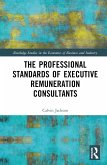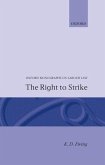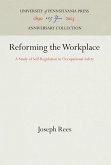One of the major intentions of the Conservative governments of the 1980s was to redraw the landscape and map of industrial relations. They aimed to achieve this by means of a combination of measures: political initiatives and campaigning; a changed economic and social environment; and most directly a programme of industrial relations legislation that increasingly curtailed the role and influence of trade unions. This book examines the policies and associated legislation directly intended to change union behaviour. It considers origins, purpose, and impact on union behaviour and structures, focusing in particular on the role of ballots as the central mechanism chosen for changing union decision-making. The changes that occurred as a consequence of this legislation are placed in the wider union context and the relative influence of the balloting legislation is assessed against other developments affecting union behaviour, including the strategies adopted by the unions' leaders. It finds the results were not always as intended by the Conservative governments. In a concluding chapter the authors ask whether the framework created in the UK will be an exemplar or exceptional case when compared with developments in other European countries. The book is the result of research carried out over almost a decade by a highly experienced and respected team who base their analysis on interviews, detailed analysis of legislation and union rule books, and a series of indepth case studies. This richly detailed and authoritative book will be essential reading for anyone who wishes to understand how the changing framework of labour relations affected changes in union behaviour. The book will thus appeal tostudents and academics working in industrial relations, human resource management, labour law, labour economics, and politics. Employee relations practitioners and policy makers - managers and trade unionists - will also find it useful for increasing their understanding of the purpose and effect of the legislation.








